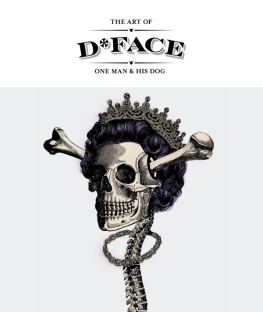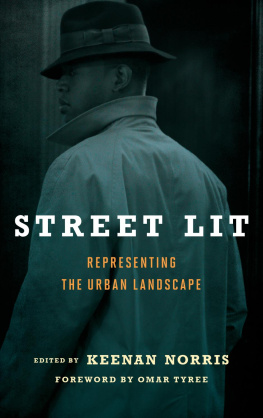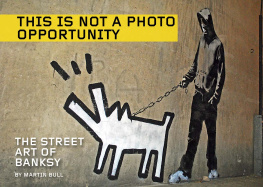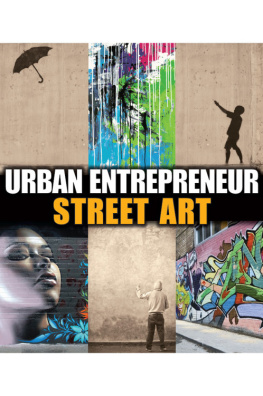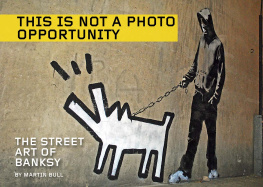


Published in 2013 by
Laurence King Publishing Ltd
361363 City Road, London,
EC1V 1LR, United Kingdom
T +44 (0)20 7841 6900
F + 44 (0)20 7841 6910
www.laurenceking.com
Text 2013 Dean Stockton
Dean Stockton has asserted his right under the Copyright, Designs, and Patents Act 1988 to be identified as the author of this work.
This book was produced by Laurence King Publishing Ltd, London
All rights reserved. No part of this publication may be reproduced or transmitted in any form or by any means, electronic or mechanical, including photocopying, recording or any information storage or retrieval system, without permission from the publisher.
A catalogue record for this book is available from the British Library
ISBN: 978-1-78067-277-9
Printed in China
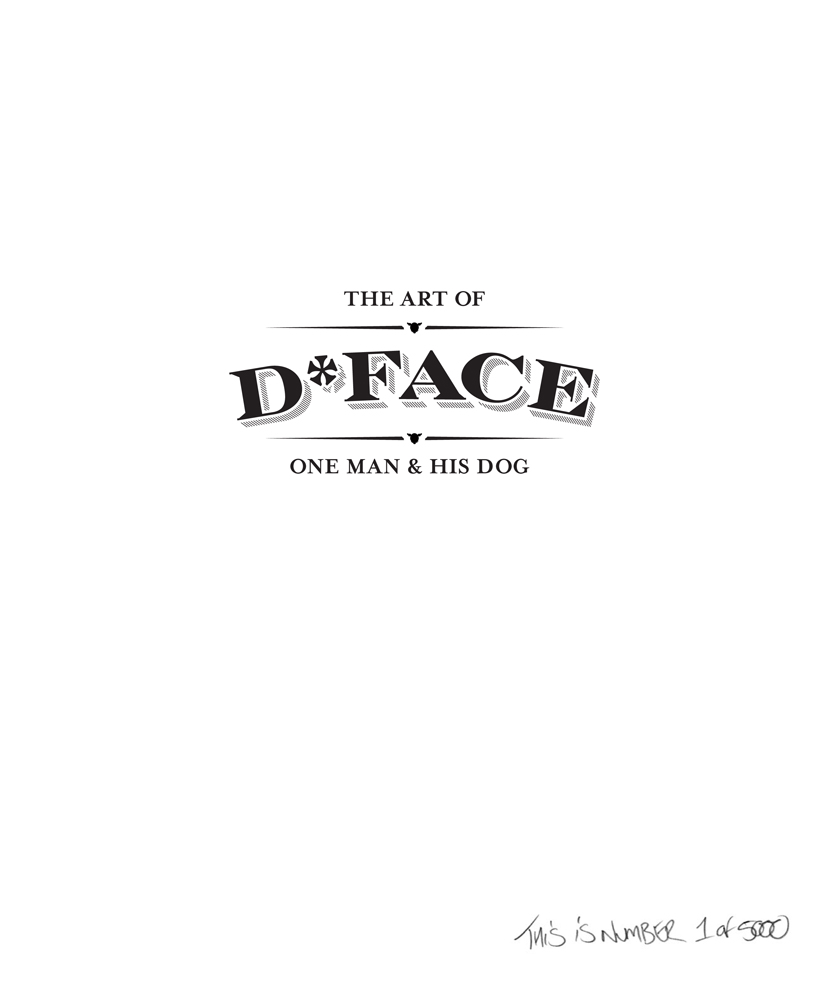


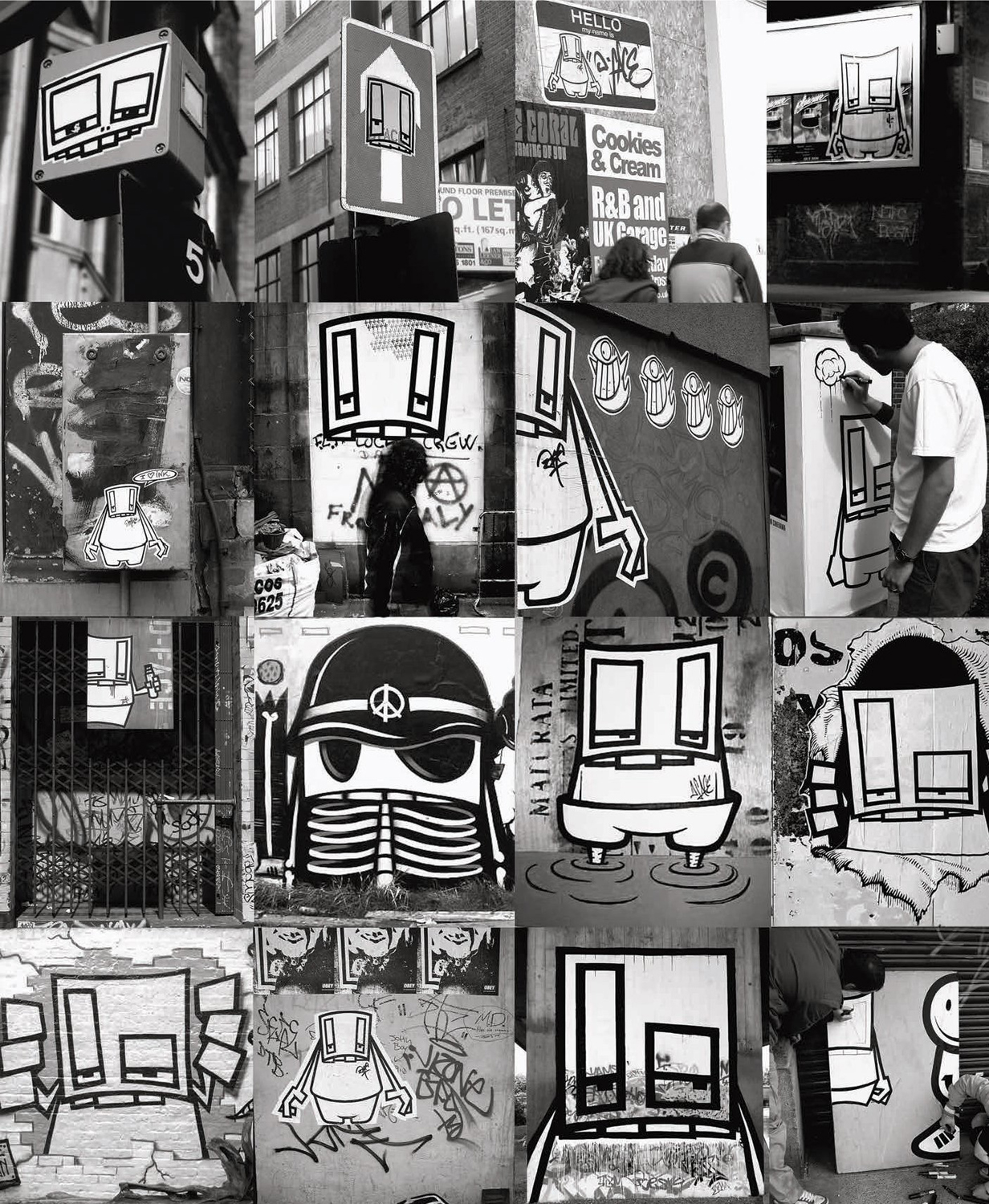
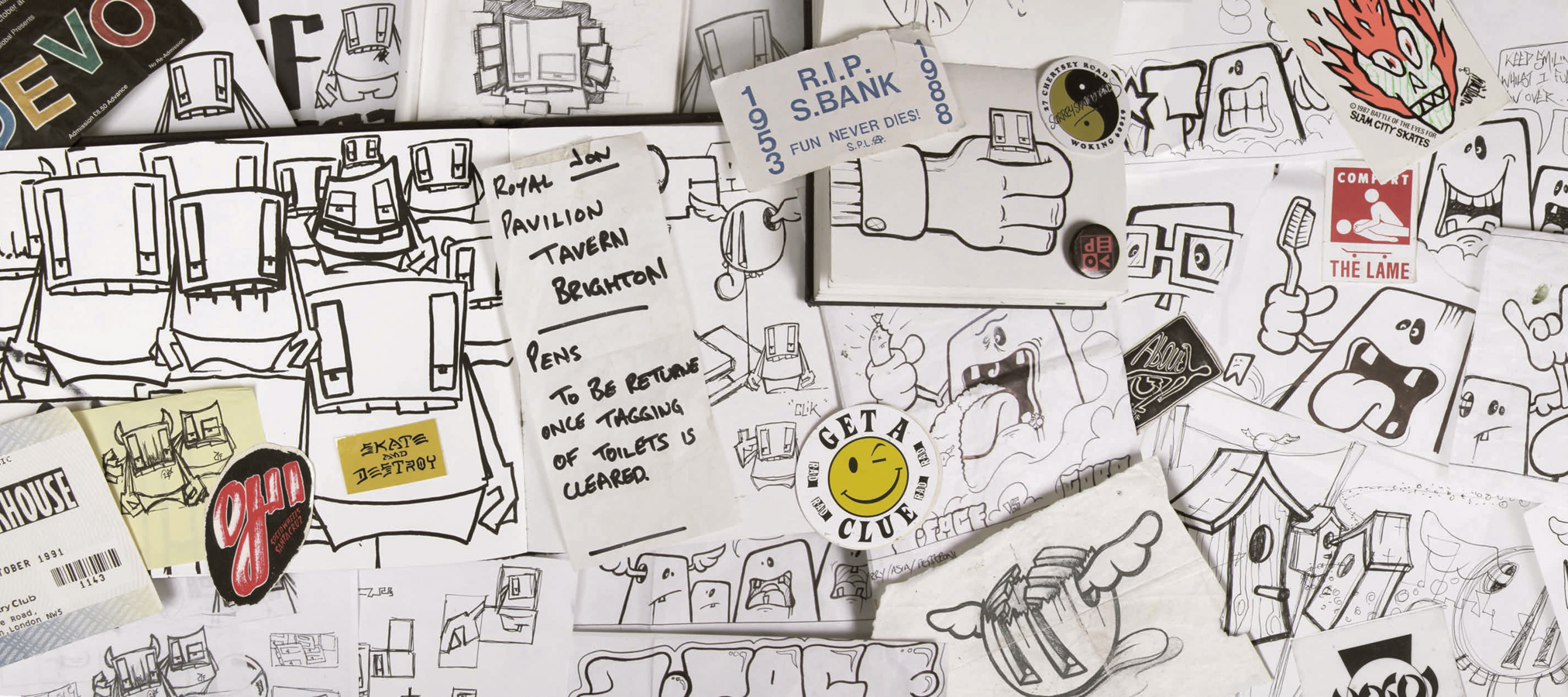


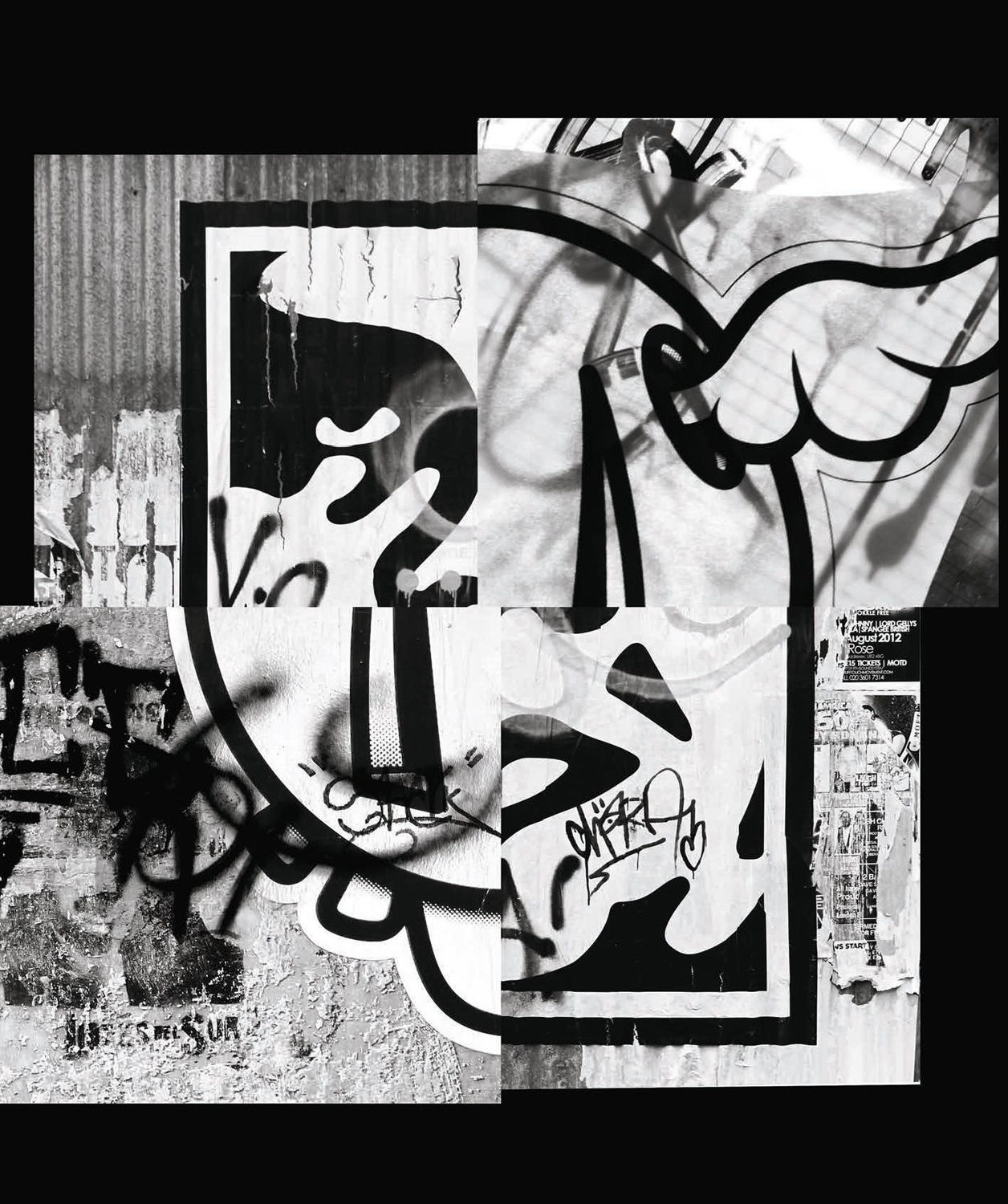

by Shepard Fairey
I used to like D*Face. In fact, I still do for the most part. I first met D at my 1999 London art show. We got along right away, and discussed our mutual influences of graffiti, skateboarding, punk rock, stickers and graphic design. He wasnt really known as D*Face yet, but he was clearly enthusiastic about the things people now fondly associate with his art and mischief. After I headed back to California, D and I kept in touch through mail and email. I sent him packs of my stickers and he sent me some great typefaces he had created while working as a graphic designer. He had also developed some unusual extracurricular interests such as sticker bombing, while continuing to look for subversive opportunities within the structure of his day job as a designer. At one point he sneaked an OBEY giant onto the packaging design of a major supermarket brand! It was clear that D*Face was a risktaker who had the guile and ambition to work the inside-outside angles.
When I headed back to London in the summer of 2002, D*Face and I went out poster bombing in his vintage Mini. At our first spot we were stopped by the police, who made us take down the posters and dump out our glue. We talked our way out of being arrested, but a close call like that would bring an end to most missions, or at least knock the wind out of most people. Not D*Face: he was down to move to a different area and crush it until the morning. I admire tenacity and I correctly assumed that this would be the first of many bombing partnerships with him over the years. I had brought over a telescopic extension pole for my paste brush, which seemed like a revelation to him, so I handed it to him as a thank-you gift before heading back to LA. I doubt that passing that paste brush was much like passing a torch, but D*Faces street activities began to escalate in the scale and daring of their execution. I saw pictures of great spots he did all over Europe, often with The London Police collective. Instead of me just sending him stickers, I started receiving envelopes of D*Face stickers with myriad welldesigned, cohesive images. I felt a little bit of pride when I saw his style and graphic language develop in real time, knowing that my posters and stickers had been a modest influence. I know evolution is real, and certainly possible when someone has the courage to pursue their potential, but what has impressed me in D*Faces case is just how rapid his evolution was.
D*FACE COMES FROM THE DO-IT- YOURSELF CULTURES OF SKATEBOARDING AND PUNK ROCK, SO HE HAS AN ETHOS OF RESOURCEFULNESS
D*Faces art is hard to categorize because it falls into several genres street art, pop art, fine art, illustration, sculpture and installation and driving each of his executions are his ideas. I believe D*Faces work evolved (I resist saying matured) very quickly because his deep reservoir of art-historical and pop-cultural inspirations fuelled his ideas and meant that it was only a matter of time before his technique caught up with his concepts. D*Face comes from the do-it-yourself cultures of skateboarding and punk rock, so he has an ethos of resourcefulness: making things happen by any means necessary. Putting art in the streets requires quick installation and an ability to adapt to unpredictable circumstances, just as skateboarding is about creatively and irreverently adapting to obstacles in the urban environment. The adrenaline rushes of skateboarding and street art are similar, and their modes of image dissemination through stickers and stencils are shared too. D*Face had a model in skateboarding to inspire aspects of his street art, and his background in graphic design and illustration allowed him to develop a vocabulary of images, slogans, icons and colours that stood out from the white noise of the city. His irreverent treatment of cultural symbols and iconography also connects to skate graphics, but Ds meticulous illustration style can be traced most profoundly to Jim Phillips art for Santa Cruz, as well as a love of comic-book superhero art. Even though skateboarding and punk rock are mostly about a rebellious attitude and not prissy virtuosity, for every Jamie Reid hastily glueing images together for the Sex Pistols, there is a Jim Phillips or Vernon Courtland Johnson taking immense pride in their craftsmanship for Santa Cruz or Powell-Peralta board graphics. One of the paradoxes within rebellious subcultures is that there is irreverence towards the establishment, but a reverence for, and pursuit of, a high quality standard in the art. This paradox, or dichotomy, is visible in D*Faces practice in ways that reinforce his ideas rather than create uncomfortable contradictions.
Even though his art is mischievous and subversive, D*Face has developed a mastery of techniques that allow him to create his art with precision, and he has the skills to approach many styles and mediums with confidence. This ability is hugely beneficial for the many subjects he tackles, and he often morphs his style to suit the subject matter. The paradox of showing stylistic reverence towards subject matter he irreverently subverts demonstrates his sophistication in commenting on, and being part of, pop art and pop culture simultaneously. The layers of ideas and references in D*Faces art are fascinating, and include artists such as Warhol, Lichtenstein and Haring, along with advertising iconography, comic-book superheroes, money, punk rock, graffiti and skateboarding. Sometimes there are multiple references in the same piece, but once filtered through D*Faces sensibility it all feels like his work.
Next page
